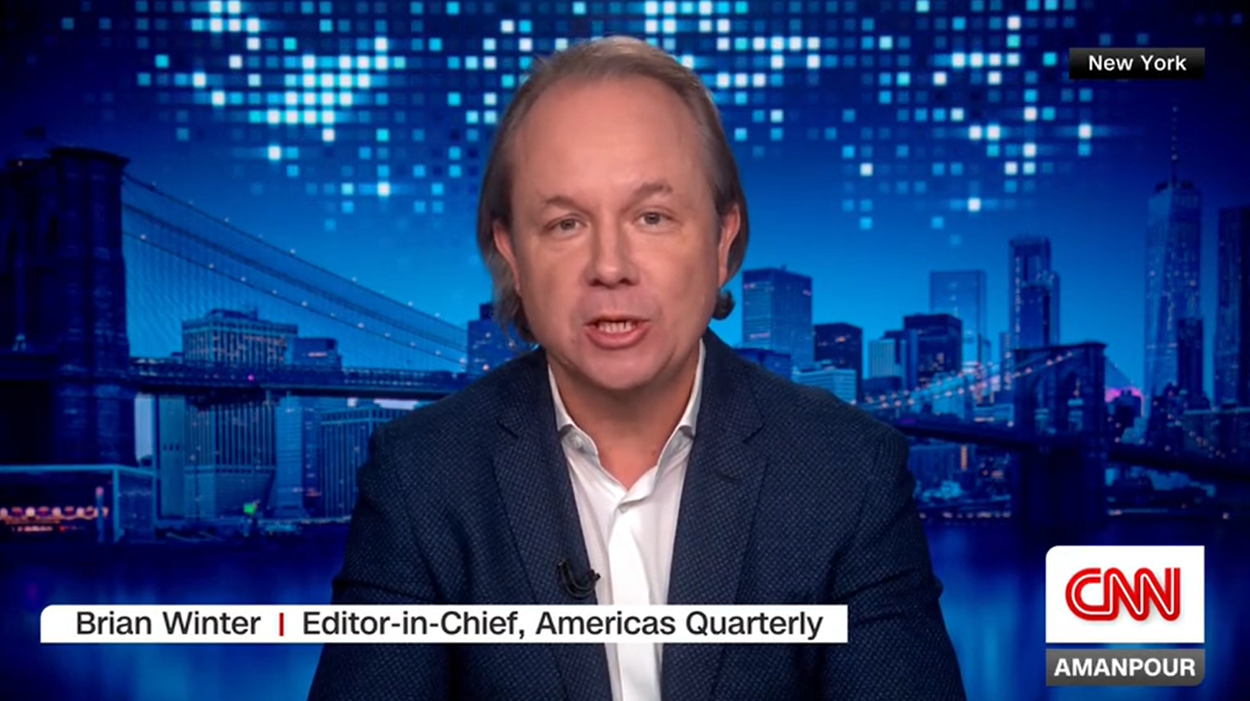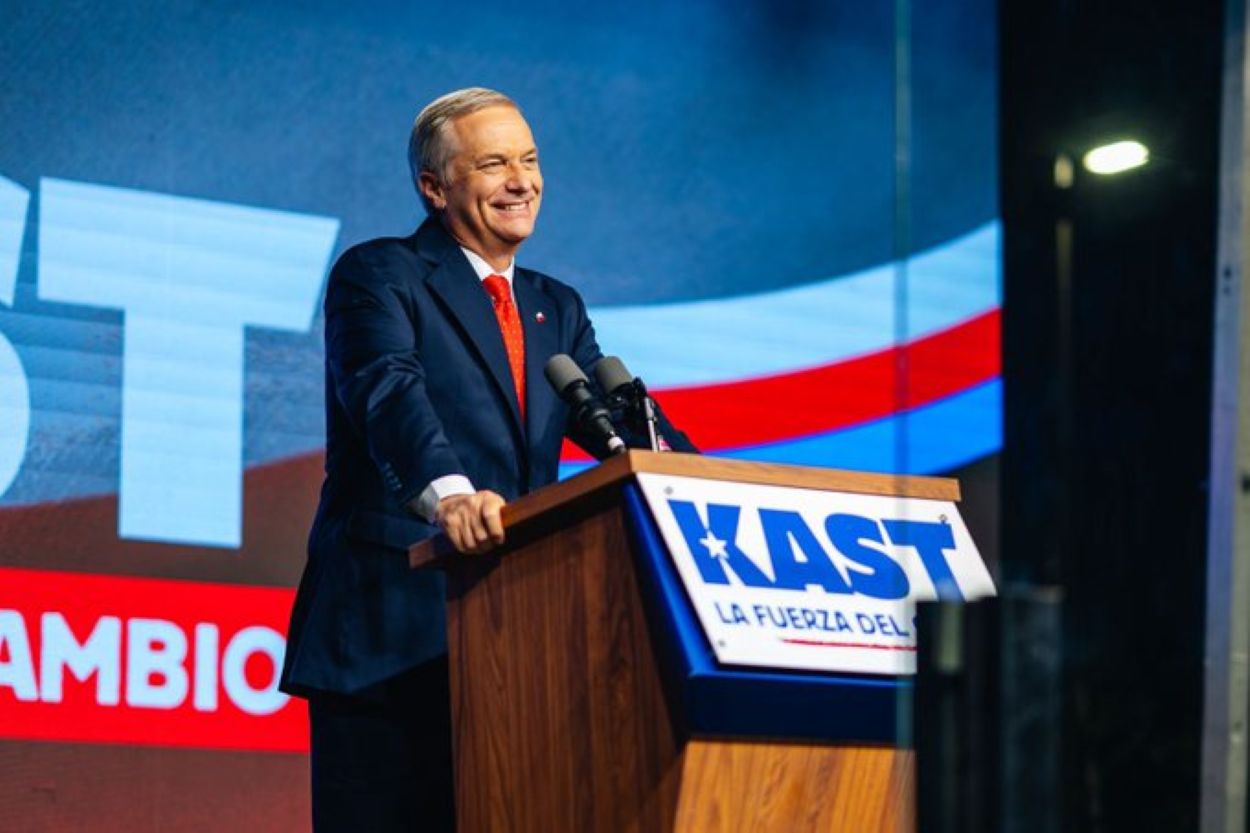At CELAC, Chile Deepens Pacific Alliance, European Agreements
At CELAC, Chile Deepens Pacific Alliance, European Agreements
While Santiago hosted leaders from Latin America and Europe, Chile’s president took the opportunity to sign a series of smaller, more concrete accords.
Chile’s President Sebastián Piñera played host to Latin American, Caribbean, and European leaders in Santiago January 26 to 28 to discuss cross-regional investment and sustainable development. While the Community of Latin American and Caribbean States (CELAC) and CELAC-EU meetings are ostensibly multilateral affairs, some of the most concrete accords were, in fact, decided on the sidelines. Among them was the Pacific Alliance’s agreement to eliminate 90 percent of inter-member tariffs by March 31, as well as the signing of strategic bilateral pacts between Santiago and Berlin, Brasilia, and Madrid.
The leaders of the four Pacific Alliance countries—Chile, Colombia, Mexico, and Peru—met briefly on the first day of the summit to agree to lift 90 percent of all trade tariffs between member states by March 31 of this year. The final goal is to eliminate 100 percent of duties in the near future. The bloc already has full inter-member bilateral trade agreements in place, as well as joint customs unions and foreign investment offices. Furthermore, Spanish Prime Minister Mariano Rajoy applied for Spain’s full membership of the group, saying: “I’m as interested in the Pacific as I am in Latin America, because in the Pacific we can invest…we can export our products to countries that are growing.”
Guatemala and Japan were admitted to the club as observers, and Paraguay applied to do the same. In that country, business leaders “no longer think of Mercosur,” says the head of the Paraguayan Industrial Union, and consider the Pacific Alliance their strongest option for free trade. Paraguay was suspended from the Mercosur trade bloc following President Fernando Lugo’s controversial impeachment in June 2012.
Even before the official start of the CELAC meetings, Piñera met with his Brazilian counterpart Dilma Rousseff at La Moneda. The pair signed agreements in three areas: cultural exchange, research in the Antarctic, and education, allowing for academic exchanges at postgraduate levels and in science and technology. At the meeting, Rousseff stated that “the commercial relationship between Chile and Brazil is very important and strategic,” adding that “though we don’t share borders, we are countries with large opportunities for cooperation.”
In another bilateral meeting, Piñera met with Spain’s Rajoy. The gathering included respective foreign ministers and ambassadors, and concluded with the signing of the Chile-Spain Strategic Alliance. This sweeping accord seeks to “strengthen the historical and excellent bilateral relationship” by expanding cooperation in small- and medium-sized business creation, science and technology, clean and sustainable energy, and tourism. The pact also allows Chilean and Spanish graduates to work in each other’s countries with full educational recognition. In the last census, Chile had an estimated 40,000 resident Spaniards living within its borders.
Technology exchanges were also the focus of Piñera’s meeting with German Chancellor Angela Merkel. The two signed an agreement of cooperation on mining and natural resources, and set up a Chilean-German forum to facilitate this relationship. Piñera noted that Chile has much to gain in terms of capacity building from German technological know-how, both in mining and renewable energy.
In other EU-Latin American news:
- Though the Europeans were not able to clinch a long-awaited free trade deal with Mercosur, the CELAC-EU summit’s final declaration was considered a victory as it called for reliability and legal protection for European investments in Latin America.
- Spain’s prime minister also visited Peru, meeting with President Ollanta Humala and signing a renewed Peru-Spain Strategic Partnership, which aims to strengthen bilateral integration and investment.
- European trade with Latin America more than doubled over the last decade, making Europe the region’s top foreign investor. Read a Reuters Factbox with five facts about the bilateral relationship.








